LDPE low density polyethylene
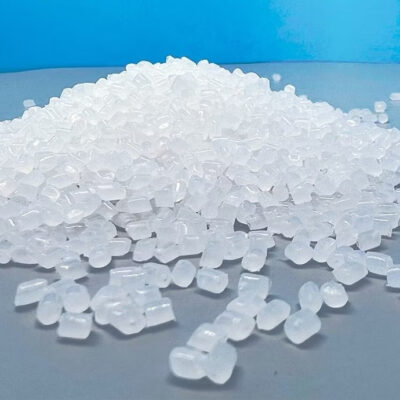
USED FOR : Manufacturing various containers, dispensing and
-
LDPE is a soft, flexible, lightweight plastic Material.
-
LDPE is noted for its low temperature flexibility, toughness, and
Corrosion resistance. It is not suited for applications where
stiffness, high temperature resistance and structural strength are
required.
-
It is often used for orthotics and prosthetics.
-
LDPE has good chemical and impact resistance and is easy to
fabricate and form.
Grades for Different Use as follows :
HP0722NN / HP0823NN / HP0322NN /
HP0323NN / HP2022JN / HP2023JN / HP4023WN / HP4024WN /
HP2025JN / HP2025NN / HP724NN/ HP0723JN / HP3025ZN / HP0321NN
LLDPE Linear Low-Density Polyethylene
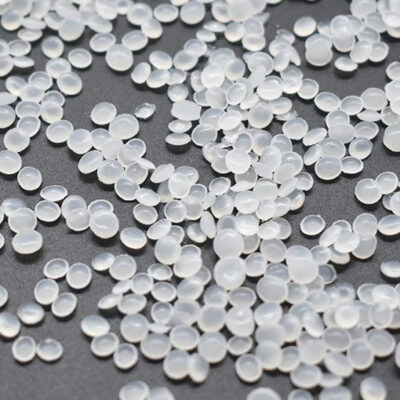
USED FOR : plastic bags and sheets (where it allows using lower
thickness , plastic wrap, stretch wrap, pouches, toys, covers, lids,
pipes, buckets and containers, covering of cables, geomembranes,
and mainly flexible tubing.
-
LLDPE is characterized by a linear structure with short branches. These short branches, often referred to as side chains, contribute to its unique properties. The linear structure allows for better packing of polymer chains, resulting in increased strength and puncture resistance.
-
LLDPE exhibits a higher tensile strength and puncture resistance compared to LDPE. Its linear structure allows for tighter packing, contributing to improved mechanical properties.
-
LLDPE is often chosen for applications requiring toughness and durability
Grades for Differen Use as follows :
M500026 / 318BJ / 320BJ /
319BJ / 6318BJ / 218WJ / 118WJ / 118NJ / 219ZJ / 119NJ / 119ZJ
218NJ / 219NJ / 122NJ / 122WJ / 222WJ / R50035 / R50035E
HDPE High-Density Poly Ethylene
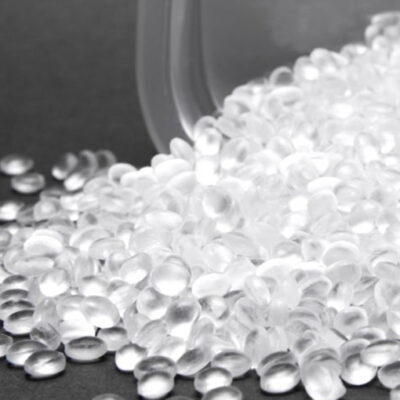
USED FOR : Manufacturing of : Outdoor patio furniture; Playground
equipment / Storage containers / Trash and recycling bins Compost
bins / Plastic lumber / Plastic automobile parts—including fuel
reservoirs.
-
HDPE is a petroleum-based thermoplastic polymer considered one of the most versatile plastic materials available today.
-
It is used to manufacture numerous items, including food and
beverage containers, cleaning product bottles, pipes, cutting
boards, and some shoe parts. -
It also appears in more complex items such as wood-plastic
composites, 3-D printing filaments and components used for
skeletal and facial reconstruction surgery.
Grades for Differnet Use :
B5429 / B5429A / BM1052J / M200056 / M200050 / M80064 / M80064 / M800645 / B4660 / CC453 / FJ00952 F04660 / F10851P / B5428 / P6006.
PP Polypropylene

USED FOR : Manufacturing of : Pallets, bottles, jars, yogurt
containers, hot beverage cups, and food packaging are some of the
products made with this material. Polypropylene is also frequently
used in the automotive industry to produce batteries, bumpers,
instrument panels, interior elements, and door trims.
-
Polypropylene is widely used in various applications, it offers goodchemical resistance and weldability.
-
Today, it is at the point of junction between cheap commodity
plastics and more or less performing engineering plastics.
Grades for Different Use :
575P / 528K / 520L / QR6701K /QR671K /
QR6711K / 46MNK45 / 57MNK10 / 312MK10 / 312MK40 / 412MK49 /
310MK10 / 310MK40 / 37MK10 / 5001P / 500P / 9421 / 5231P / 5705P.
PS Polystyrene

USED FOR : Polystyrene (solid and foam) is widely used
to protect consumer products. CD and DVD cases, foam packaging
peanuts for shipping, food packaging, meat/poultry trays and egg
cartons typically are made with polystyrene to protect against
damage or spoilage.
-
Polystyrene is a synthetic polymer made from monomers of the aromatic hydrocarbon styrene. It can be solid or foamed.
General-purpose polystyrene is clear, hard, and brittle.
It is an inexpensive resin per unit weight. It is a poor barrier to air and water vapor and has a relatively low melting point. -
Density: 0.96–1.05 g/cm 3
Melting point: ~ 240 °C (464 °F; 513 K) for isotactic polystyrene
Formula: (C₈H₈)ₙ -
Boiling point: 430 °C (806 °F; 703 K) and depolymerizes
CompTox Dashboard (EPA): DTXSID5031925 -
Refractive index (n D ): 1.6; dielectric constant 2.6 (1 kHz – 1 GHz)
-
Solubility in water: Insoluble
Grades for Different Use :
PS330 / PS125
PVC Polyvinyl Chloride or Vinyl
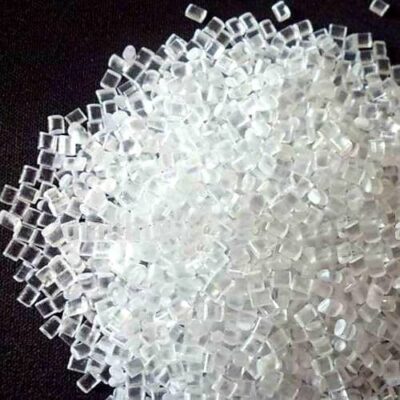
USED FOR : pipes, medical devices, and wire & cable
insulation , windows. Doors, the list is endless
-
Polyvinyl Chloride (PVC or Vinyl) is a high-strength thermoplastic material.
-
It is widely used in applications such as pipes, medical devices, and wire & cable insulation…the list is endless.
-
It is the world's third-most widely produced synthetic plastic polymer after polyethylene and polypropylene.
Grade:
PVC675
PET Polyethylene Terephthalate
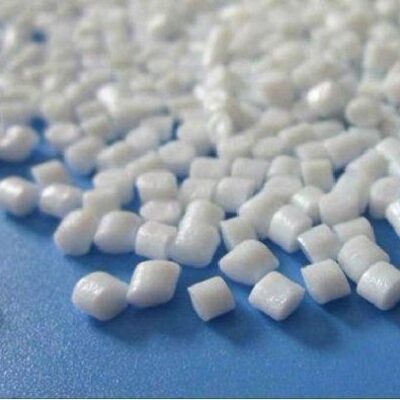
USED FOR : Manufacturing of PET bottles and jars, carpet,
clothing, industrial strapping, rope, automotive parts,
fiberfill for winter jackets and sleeping bags, construction
materials, and protective packaging.
-
Polyethylene Terephthalate is the most common thermoplastic
polymer resin of the polyester family and is used in fibers for
clothing, containers for liquids and foods, thermoforming for
manufacturing, and in combination with glass fibre for
engineering resins. -
Melting point: 260 °C
Density: 1.38 g/cm³ -
Formula: (C 10 H 8 O 4 ) n
-
Abbreviations: PET, PETE
-
Boiling point: 350 °C (662 °F; 623 K) (decomposes)
-
Heat capacity (C): 1.0 kJ/(kg·K)
